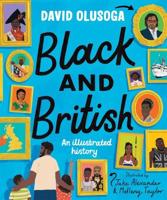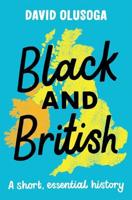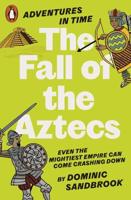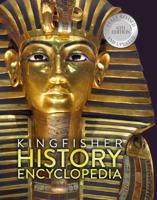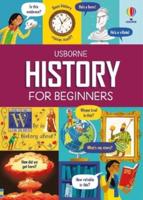Publisher's Synopsis
Jacob Riis (1849-1914) was born in Denmark and emigrated to America at the age of 21. After several years of poverty, he found work as a police reporter, which took him into the worst of New York's ghettos and tenements. Appalled by the conditions he found there, he began to use the primitive new flash technology to photograph the dark places that had never before been so graphically exposed. The resulting book, How the Other Half Lives, brought to life an entire reform movement. Riis was a staunch ally in the young Theodore Roosevelt's battle to reform the New York police, breaking the brutal system of corruption and graft that had prevented the possibility of any real change in poor neighborhoods. Riis's activism involved him in such vital current controversies as hostility toward immigration, the growing gulf between rich and poor, the relative importance of heredity and environment, the need for adequate public schools, conflicts between social reform and personal freedom,
and police brutality. But at the same time, his life raises some thought-provoking moral questions, because his compassion was flawed by an underlying prejudice; his writings are marred by a clear underlying conviction of the superiority of white Protestants, and he speaks with condescension and occasional scorn of other races and religions. He remained an active reformer all his life, founding a settlement house, writing several more books, most notably The Children of the Poor, and maintaining a taxing schedule of lecture tours. This biography includes a picture essay of Riis' photographs as well as, 35 black-and-white illustrations, a chronology, further reading, and an index.


